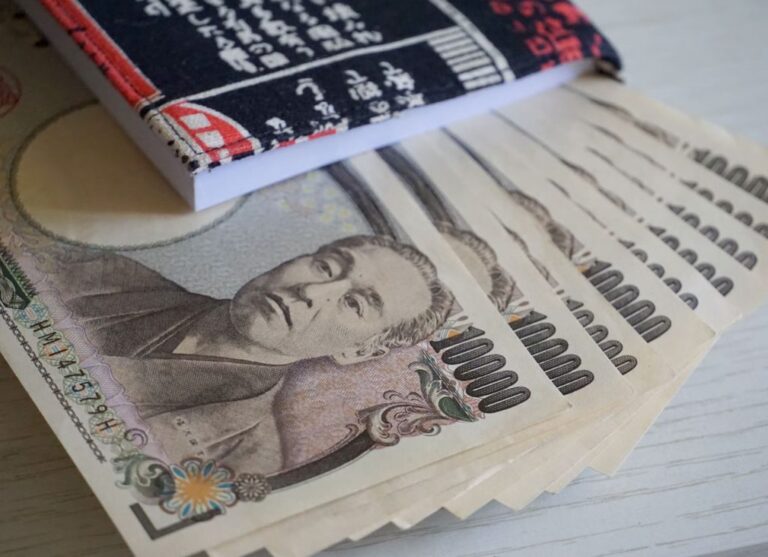
Political Risk in the Rand
Discussion and Analysis by Charles Porter:
On the Wednesday 25th October, the South African Rand sustained an intraday loss well in excess of 3%. The devaluation was caused by the pessimistic, yet honest, budget speech from South African Finance Minister, Malusi Gigaba. Against the Pound Sterling, the effect was tempered briefly by a bout of Sterling weakness following the Bank of England’s decision to raise interest rates by 25 basis points. Following the losses at the end of October, the Rand appears to have embedded itself within a new trading range, appearing temporarily incapable of eschewing the risk that now surrounds its underlying economy.
Speaking in Cape Town, the Finance Minister painted an extremely gloomy picture of the South African economy during his first Medium-term Budget Policy Statement. The speech included, although was not limited to, the significant concerns over public debt, ramifications to the capital and current account deficits, and a low propensity for future South African economic growth. Ultimately, the concerns surrounded the indebtedness of the economy.
Taken as a whole, the elements of Malusi Gigaba’s speech were mutually reinforcing. Foreboding a significant expansion of the market supply of government bonds and treasuries, the creditworthiness and solvency of the economy was brought into question. Currently enjoying the status of investment-grade debt, the speech’s admonitions made investors seriously question whether the credit rating agencies’ classification was correct and thus likely to change in the future.
Having just emerged from a recession, economic growth is forecast to slow, potentially threatening negative territory once again. The headline concern was a projected shortfall in government taxation revenues, amounting to several hundred billion Rand. Deriving from this shortfall in revenue, the budget deficit is forecast to accelerate considerably. Projected to exceed 60% of GDP within a five-year horizon, alongside an inflated implied debt servicing cost, the credibility of South Africa’s fiscal profile was eroded.
Sixty percent of GDP remains a respectable threshold of public debt. Academic and professional studies have conjectured at levels closer to 100% of GDP before an inhibition to growth will arise. Moreover, within the Eurozone, for example, the Stability and Growth Pack explicitly chooses 60% as a threshold level, building the figure into its debt sustainability formula. However, these projections are largely assumed to be adequate within highly developed counties with an outstanding ability to raise debt.
In less developed markets, when refinancing costs are high and government bonds attract higher yields, the cost of maintaining such a level of debt becomes unsustainable. However, with outstanding growth, the capacity to service and raise debt is once again unencumbered. However, because the report simultaneously slashed economic growth forecasts, the possibility of offsetting higher debt with stronger growth is foregone, much to the detriment of the Rand.
Most of the deterioration of the Rand was related to uncertainty and the pricing in of risk. The investment grade status of South African treasuries is imperative to the sustainability and economic growth of the economy. Fitch Ratings, Standard & Poor’s and Moody’s are all poised to downgrade South African government bonds at any time should they perceive the political and institutional risk, or the domestic economy, as unworthy of investment.
Following the surprise dismissal of respected minister Jacob Zuma earlier this year, Malusi Gigaba took up the cabinet position. The political fallout from the event was considerable, generating particular volatility within the Rand. The appointment of a new minister of finance, as Fitch Ratings and Standard & Poor’s agencies immediately understood, generates the propensity for a change in policy direction. Therefore, at some level, the deterioration of the Rand can be viewed as an extenuation of an underlying political uncertainty.
Ultimately, a ratings downgrade is equivalent to an increase in the probability of a default upon extant and new debt. The significance of the ramifications alluded to within Gigaba’s speech provide a good understanding of the future risk within the Rand. Should the credit ratings agencies downgrade South African government bonds through the ‘trash’ status then the Rand will suffer considerably. Following the event, the Rand has failed to recover any significant value back. Therefore, the risk of this event is still strongly priced into the currency, and its debt markets. Forthcoming economic data will unveil whether the fears contained within the Minister’s speech are accurately priced and thus, determine the future path of the Rand.

Related Insights

Morning Brief – Japanese Yen
Japanese Yen With JPY at a new 34 year low versus EUR, the market is set for an ambush by the Bank of Japan if it acts today at the end of their Policy Meeting to support the Yen. The reason that the market is susceptible is because it has convinced itself that the BoJ […]

Morning Brief – Coalition
Coalition This briefing is about South Africa and the Rand, which frequently proves to be one of the more divisive subjects within our roster of currencies. In particular, with the election looming, this will be about South African governance. Not from a political or human perspective about what may be the best long term outcome […]

Morning Brief – US Tariffs on Chinese Imports
US Tariffs on Chinese Imports Recently we wrote about how Mexico has become the Number One trade partner for the USA. It now transpires that Mexico may have had what is known as a little assist with their numbers: the statistics for the number of 20 foot shipping containers for the first three Quarters of […]


 Humphrey Percy
Humphrey Percy Charles Porter
Charles Porter